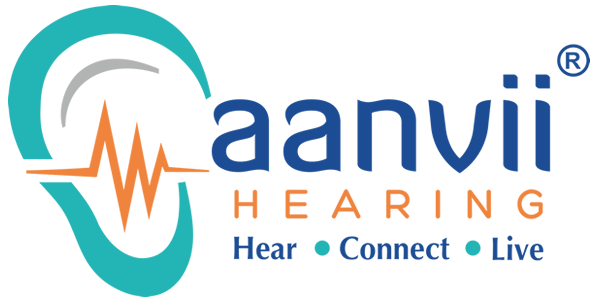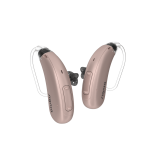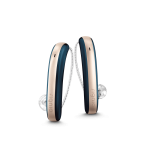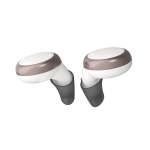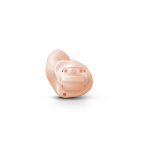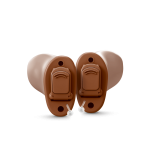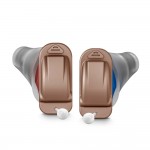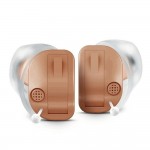What Is The Role Of Ear Protection In Preventing Hearing Loss In Industrial Settings?

What Is The Role Of Ear Protection In Preventing Hearing Loss In Industrial Settings?
In the cacophony of industrial settings, where the symphony
of machinery and equipment prevails, the risk of hearing loss looms large. This
blog explores the critical role of ear protection in preserving auditory health
amidst the clamor of industrial environments, shedding light on the importance
of proactive measures in preventing occupational hearing impairment.
Understanding Industrial Noise Hazards:
Industrial workplaces are often characterized by high levels
of noise generated by machinery, tools, and processes. Prolonged exposure to
such noise can pose a significant threat to workers' hearing, leading to
irreversible damage over time.
Decibel Dynamics:
The intensity of industrial noise is measured in decibels
(dB), and exposure to levels exceeding 85 dB over an extended period can result
in hearing damage. Understanding the decibel dynamics in specific work
environments is crucial for implementing effective hearing protection measures.
Ear Protection as the First Line of Defense:
Ear protection, including earplugs and earmuffs, serves as
the primary defense against industrial noise-induced hearing loss. These
devices act as barriers, reducing the amount of sound entering the ear canal
and safeguarding the delicate structures of the inner ear.
Customized Solutions for Varied Environments:
Different industrial settings demand tailored ear protection solutions. From foam earplugs for intermittent noise exposure to high-performance earmuffs for continuous loud environments, choosing the right protective gear is paramount in ensuring effectiveness.

Regulatory Compliance and Standards:
Governments and regulatory bodies worldwide have established
standards to govern occupational noise exposure limits. Adhering to these
standards and providing employees with compliant ear protection not only
safeguards their hearing but also ensures regulatory compliance for employers.
Educating and Training the Workforce:
Beyond providing ear protection, educating the workforce
about the risks of industrial noise exposure and the proper use of protective
gear is essential. Training programs instill a culture of awareness, empowering
workers to take proactive measures for their hearing health.
Routine Audiometric Testing:
Implementing regular audiometric testing as part of
occupational health programs allows early detection of hearing loss among
workers. This proactive approach enables timely intervention and adjustments in
ear protection measures.
Incorporating Sound Engineering Practices:
Sound engineering principles, such as noise control measures and acoustic design, contribute to reducing overall noise levels in industrial settings. Integrating these practices complements the use of ear protection, creating a comprehensive approach to hearing loss prevention.
Click and Watch What Is The Role Of Ear Protection In Preventing Hearing Loss In Industrial Settings?
In the symphony of industry, where noise is an inevitable
companion, ear protection emerges as a crucial conductor orchestrating the
harmony between productivity and auditory health. By embracing proactive
measures, adhering to standards, and fostering a culture of awareness,
industrial workplaces can create an environment where the soundscape resonates
with safety and well-being. For any query or concerns please Call us on 96 5839
5839, our customer support team will assist you further or Mail us at customercare@aanviihearing.com.
